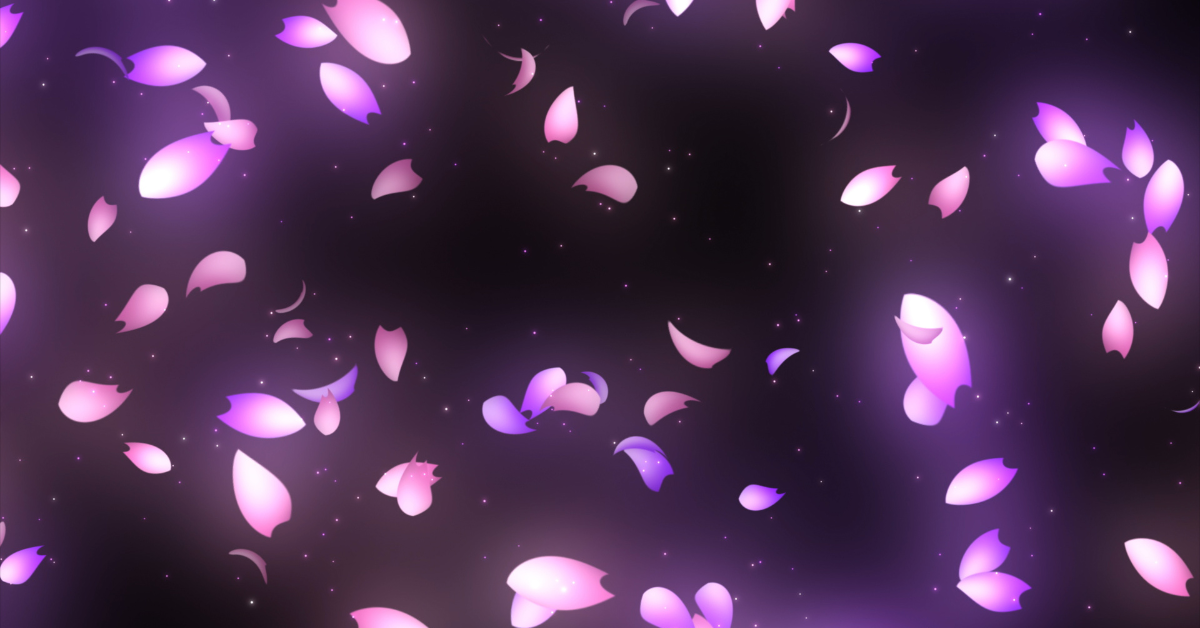Touken Ranbu is a game where historical Japanese swords are personified, allowing players to enjoy stories of protecting history alongside beautifully designed characters. Japanese fans hold a deep appreciation for this work — but what exactly makes it so special? In this article, we explore those reasons in detail, along with the cultural background that shapes their views.
Overview and Worldbuilding of Touken Ranbu
In this game, players take on the role of a “Saniwa” — a sage who commands the “Touken Danshi” (swords personified as male characters) to protect history from those attempting to alter it. The storyline draws heavily from real Japanese history, such as the Sengoku era and the Bakumatsu period, allowing fans to deepen their interest in Japanese historical events through gameplay.
Basic Information Table
| Item | Details |
|---|---|
| Developer | DMM GAMES (now EXNOA) & Nitroplus |
| Release Date | January 2015 |
| Platforms | PC Browser, Smartphone |
| Main Media Expansions | Musicals, Stage Plays, Anime, Films, Comics, Kabuki |
Why Japanese Players Hold the Game in High Regard
Within Japan, the following aspects are especially valued:
- Beautiful visuals and intricate character design
- Scenario writing rooted in historical research
- Deep backstories for each character
- Expanded worldbuilding through media mix projects
These elements come together to create cultural appeal that goes far beyond a standard simulation game.
Evaluation Criteria Table
| Criteria | Japanese Player Reactions |
|---|---|
| Design Quality | “The fine details of the swords are drawn beautifully.” |
| Historical Elements | “It’s a gateway to learning about real swords and historical contexts.” |
| Character Appeal | “Having a favorite Touken Danshi brightens my daily life.” |
| Music & Performance | “Stage plays and musicals have exceptionally high production value.” |
Criticisms and Points for Improvement
Although the feedback is largely positive, some players have expressed areas they hope to see improved:
- Repetitive grinding gameplay
- Event designs that are challenging for newcomers to catch up with
- Long gaps between story updates
Issues and Player Expectations Table
| Issue | Player Feedback |
|---|---|
| Excessive Grinding | “I’d like more variation in gameplay.” |
| Difficulty Balancing | “Events should be more beginner-friendly.” |
| Content Updates | “New story chapters should come faster.” |
Cultural Impact Through Media Mix
Touken Ranbu’s reach extends beyond the game into stage plays, musicals, anime, films, and more. The stage adaptations, in particular, have become a flagship example of Japan’s “2.5D” theater culture, attracting a strong following among female fans.
In addition, museums and art galleries have collaborated with the franchise to display actual historical swords, leading to significant increases in visitor numbers. These collaborations have played a key role in sparking public interest in Japanese history and craftsmanship.
Why Knowing the Japanese Perspective Matters for Foreign Fans
For international fans, understanding why Japanese players value Touken Ranbu reveals much about its cultural significance. The enthusiasm stems not only from game mechanics but also from a fusion of history, fine art, and performing arts.
Appreciation for the beauty of the swords themselves — along with respect for the craftsmanship behind them — reflects a deep connection to the core of Japanese culture.
Conclusion
To Japanese fans, Touken Ranbu is more than just entertainment — it serves as a bridge between historical culture and modern pop culture. The game’s high evaluation stems from its rare combination of design excellence, historical authenticity, and strong character appeal. For foreign fans, understanding this cultural context allows for a deeper and more immersive experience in the world of Touken Ranbu.






